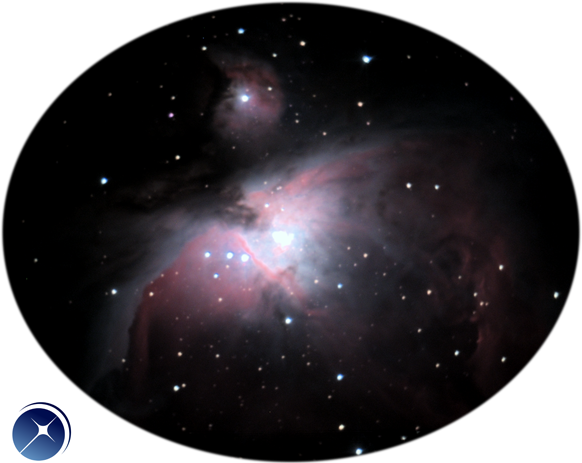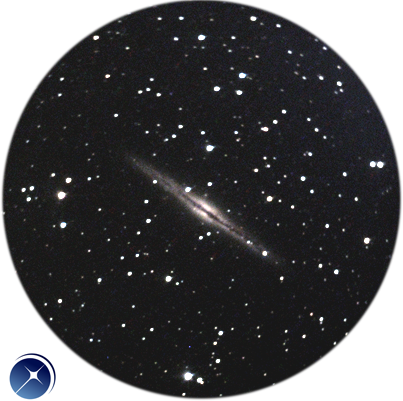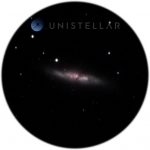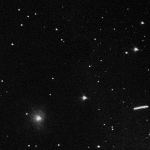We have just passed the pledge of our 1,500th telescope on our Kickstarter campaign. With such an amazing number of eVscopes soon to be in operation around the planet, our Campaign Mode and Citizen Science applications will be extraordinary exciting and revolutionary! Your support has brought us to this truly amazing moment, and all we can say is thank you.
After so many questions about planets and requests for additional photos, we felt the need to conduct new observations—and despite bad weather in parts of the Northern Hemisphere, we managed to do it! As you check out these pictures, please keep in mind that what you see through the eVscope’s eyepiece is far more beautiful and mind blowing. The image quality and observing experience there are definitely superior to what you see in these photos.
The eVscope provides truly amazing astronomical views when pointed at nebulae and galaxies. As you can imagine, the Unistellar team has seen lots of targets over the past three months, but we were delighted to see new ones with our eVscope because they are so beautiful and awe-inspiring.
Spiral Galaxy NGC891, for example, is an unforgettable sight in the eyepiece of an eVscope. It’s similar to our Milky Way, but because we see it edge-on, the structures made by the dust and gas are particularly striking.
Of course, we also observed one of the most iconic objects in the night sky, the Orion Nebula (M42). This object is a stellar nursery and contains a very young open cluster known as the Trapezium. Its coloration is caused by the excitation of gas that surrounds these young stars.

Picture of the Orion Nebula observed with the eVscope from Pourrière, South of France (magnification x 50).
Many of you asked about planets. Keep in mind that they are smaller and brighter than deep-sky objects. We designed the eVscope to view deep-sky objects that are faint and extended, and that’s why our device is not optimal for viewing planets. But as you can see in the following picture, Saturn and its rings are clearly visible in an eVscope, despite their current low elevation in the sky.

Saturn observed from Nairobi, Kenya with a numerical zoom x150 on October 29 2017. Image taken at 20 degrees elevation (poor atmospheric conditions)
We will continue to post pictures of targets on our blog and in our newsletter and our social media. Join us there!
Clear Skies


